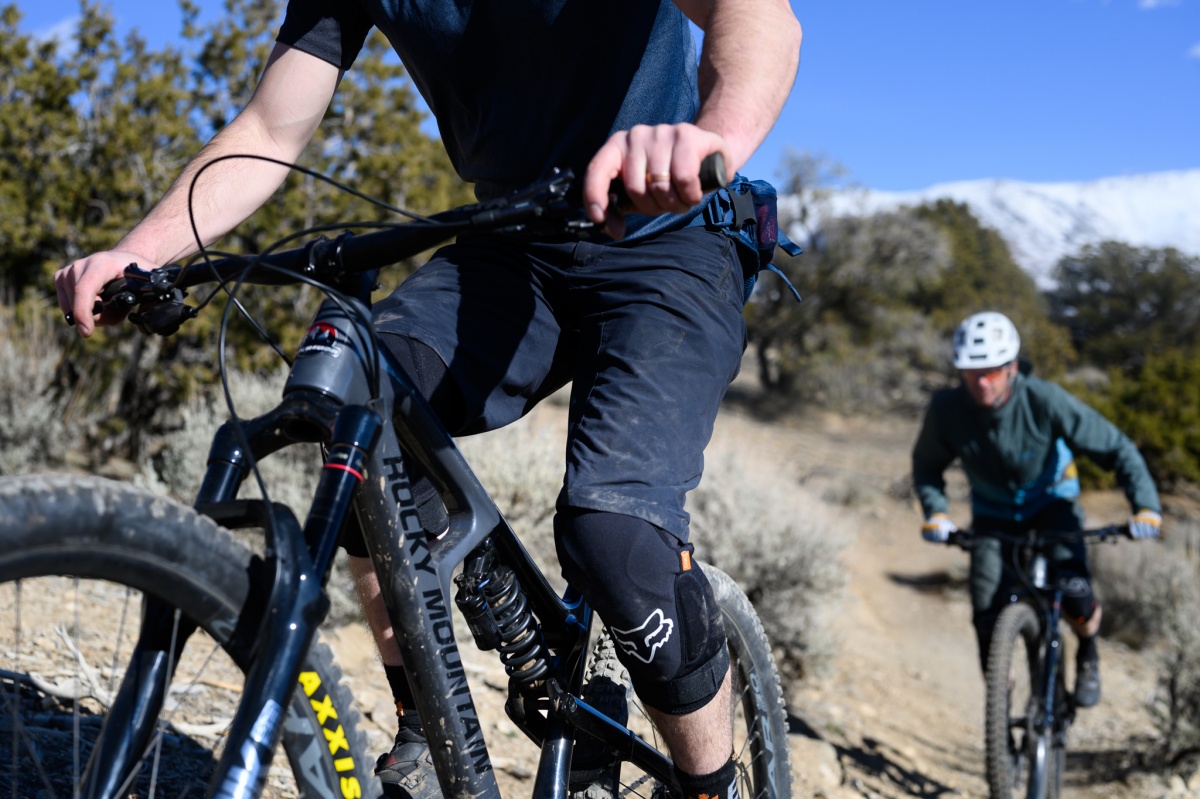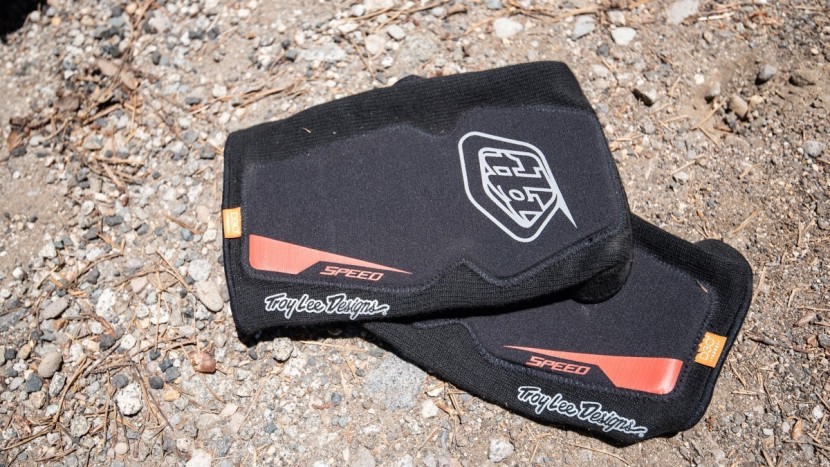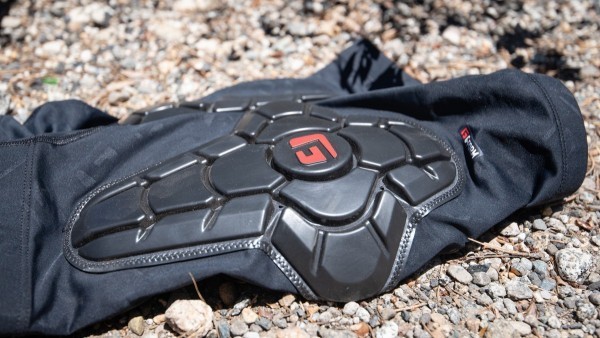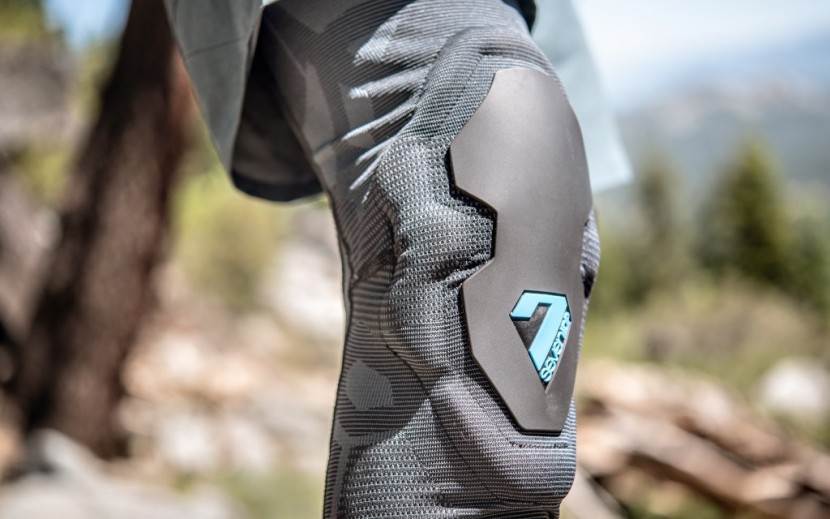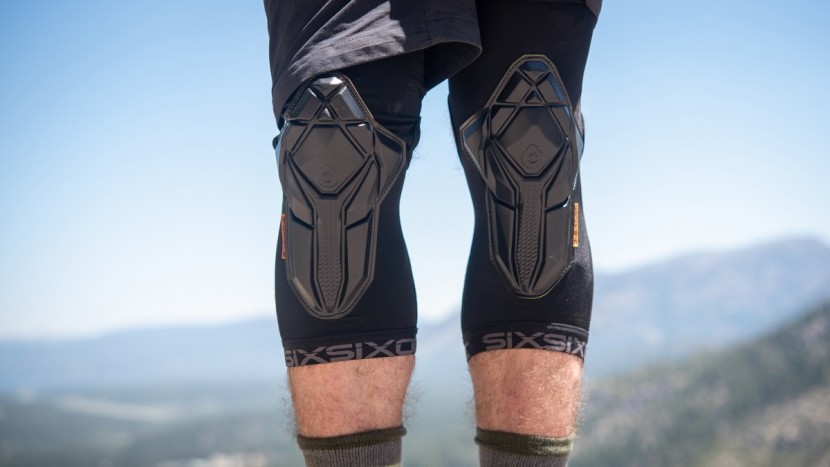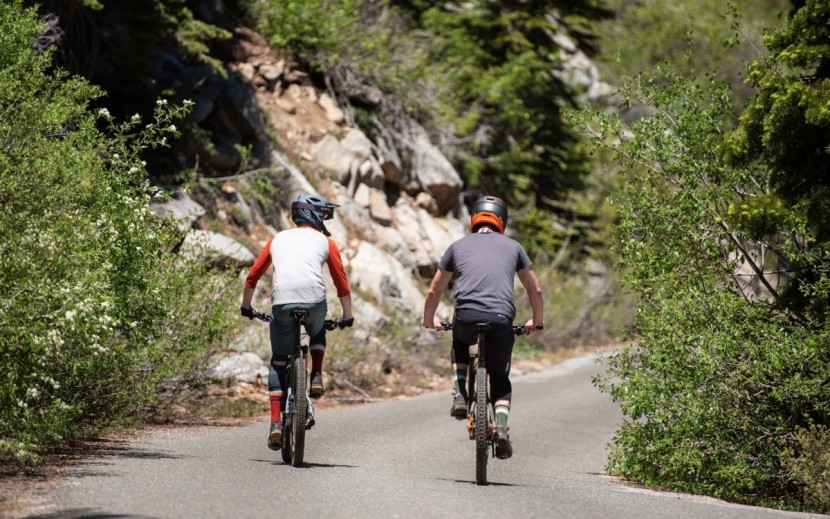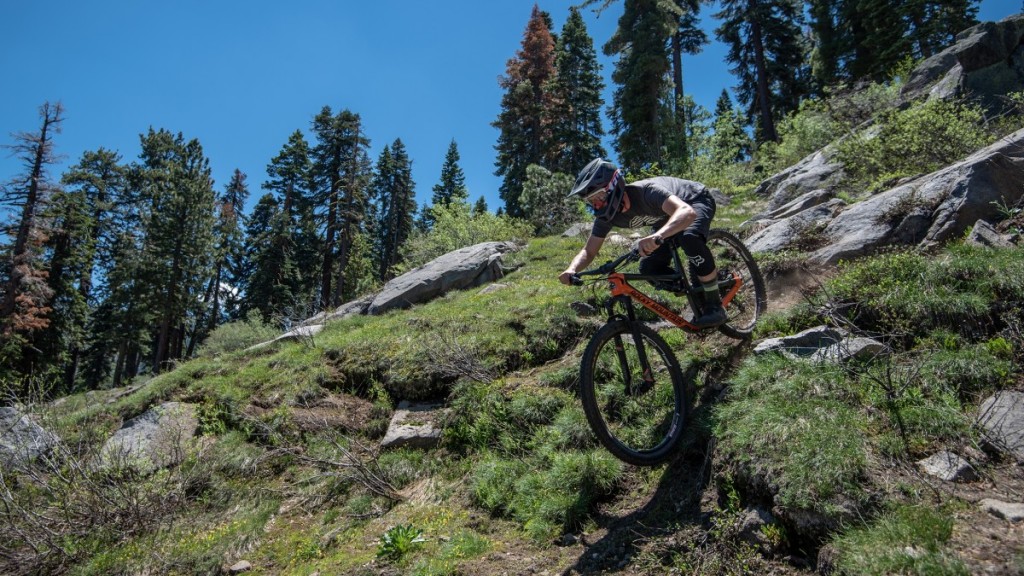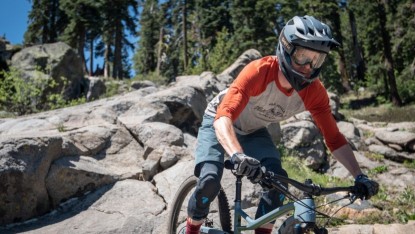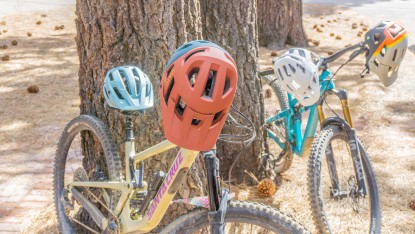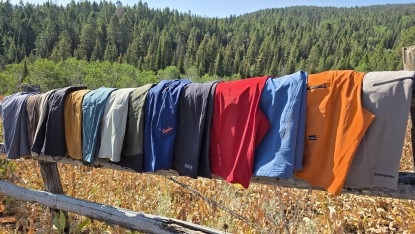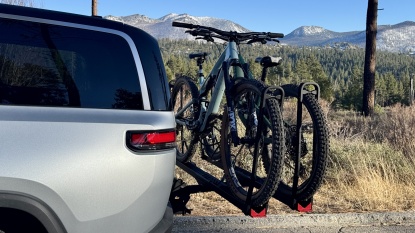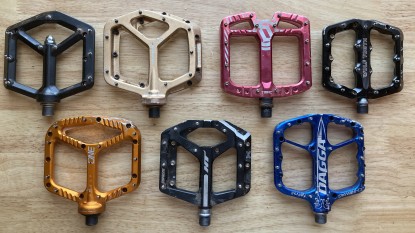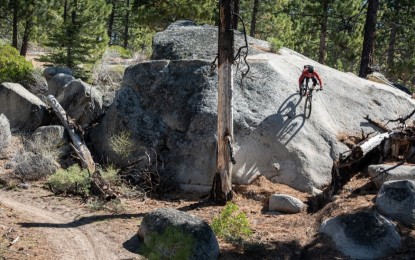Do you want to protect your knees while mountain biking? Well, you're going to need a set of knee pads. We spent months testing some of the most intriguing options available. Our findings are compiled in our Mountain Bike Knee Pads Review, but first, you'll want to determine what kind of pad you should be looking for based on what kind of rider you are or want to be.
Style of Riding
A critical step in identifying the right knee pads is to determine your riding style. To be sure, this isn't the kind of riding that you want to be doing, it is your most frequent style of riding. This cannot be stressed enough. Does the majority of your riding involve long-grueling climbs? If that is the case, pedal-friendliness is critical. Perhaps you shuttle up the mountains more frequently than you pedal. If that is your jam, look towards our more protective options.
Trail
Trail-riding is a very, very broad categorization. The term trail-riding can mean many different things to many different people. For example, ask a downhill racer what trail riding means, and they may define trail riding/trail bikes one way while a cross-country racer may have an entirely different opinion. As a result, we have broken the category down into some sub-categories to help make sense of it.
Light Duty Trail Riding
Light duty trail riding can be defined as riding singletrack trails absent of substantial rock gardens or roots. The light-duty trail rider might love big climbs and getting the heart pumping hard but has a strong preference for flowy and fast descents absent of a substantial amount of obstacles.
This rider may be on a short-travel bike with 110-130mm of travel and leans towards the cross-country side of the spectrum. Pedal-friendliness will be a critical attribute for this rider. We suggest looking towards knee pads that offer minimal amounts of protection but emphasize unrestricted pedal motion and low weight. These knee pads still have some padding, but outright protection isn't the top priority. Look for knee pads that are slim, light, and airy. If you see a lot of bulk and mass, those knee pads will likely be overkill for this riding style.
Mid-Aggressive Trail Riding
Mid-aggressive trail riding can be defined as riding whatever is put in front of you. This riding style is fairly versatile and can include big climbs, rowdy and rocky descents, and tough trails. This rider likes to ride almost everything and has no qualms with steep trails with loads of rocks and roots.
This riding style may be found on a mid-travel or aggressive trail bike with 130-150mm of travel and has a desire to push the limits and go fast. We have tested quite a few knee pads that slot into this category. They are quite versatile and can handle a healthy dose of pedaling and climbing while offering substantial amounts of protection. We suggest looking for knee pads that retain nice amounts of breathability and a reasonable weight. In terms of protection, a sizeable armor patch is desirable, as is some auxiliary protection on the inside and outside of the knees. You will want to avoid too much bulk as this will be a hindrance on longer rides.
Enduro/Gravity
Enduro riding is all about descending. Sure, you still need to get to the top of the climb, but that isn't a primary concern. Enduro riders are mostly concerned with charging down rough terrain fast and might fancy a few jumps along the way. This is still technically trail riding, but these riders are gravity-fiends and might use shuttles to get to the top of the mountain.
This rider probably has a burly bicycle with 150+ mm of travel and is not concerned in the least about being the fastest on the climb. This rider cares more about protection instead of weight or airflow. It is quite easy to identify these bruising knee pads — look for lots of armor and padding. Heavier weights often correlate with enhanced protection.
Sizing
Everyone's body is different. As a result, sizing can be a difficult thing. Even if you wear large t-shirts and shorts, you may not necessarily wear a large knee pad. Your legs may be bigger or smaller than other portions of your body. While it is easier said than done, we highly recommend trying pads on before slapping down the credit card. Of course, this isn't always possible.
We found knee pad sizing to run a little smaller than one would expect. Our testers both wear size 32-waist pants and typically wear sized medium shorts and shirts. That said, all of our test pads were size large, and that was the right size. Medium knee pads are much smaller than you might think.
If you can't try your pads on before pulling the trigger, we strongly recommend evaluating the sizing charts on the manufacturer's websites. A soft and bendable tape measure is the only tool you need to get your measurements and make an educated purchase decision.
Other Considerations
The aforementioned riding styles are a critical consideration when evaluating knee pads. Finding the pad to match your idea of fun on a bicycle is by far the most important aspect. That said, there are some other considerations.
Style
Style is an important consideration when choosing knee pads. It is a very personal decision because, as they say, beauty is in the eye of the beholder.
Some of our minimalist options have a very slender look to them. They almost appear to be more of a thin sock that covers the knee. Other pads have quite a bit of bulk. The way the exterior of the armor looks can vary greatly. Many pads have a tough fabric covering, while others have a plastic-like appearance.
Overall sleeve length can be a critical consideration as well. A short knee sleeve can be a bit more breathable but can also lead to the dreaded pad gap. Pad gap is a bit of a faux pas in many circles and occurs when there is a space between the bottom of your shorts and the top of the knee pad sleeve.
Durability
Durability is another key consideration with knee pads. Nobody wants to have to replace their pads every time they crash because of a big hole.
The super-light sleeve design found on our light-duty options tends to be, no surprise, the least durable. In the reviews, we point out that they are best suited for experienced and skilled riders who won't crash often. We could easily see these pads getting thrashed by one single high-speed crash.
Pads with harder plastic knee protection will withstand abuse more effectively. The plastic exterior can take few different forms. Some knee pads have a very hard cap-like plastic over the knee — these are fairly bombproof when being dragged across rocks. Other knee pads use a more pliable rubbery material that is far softer and more flexible.
Price
Price is an obvious consideration when selecting knee pads. Mountain biking is an expensive sport, and it is nice to save some cash where you can. The knee pads in our test come at a wide range of prices. Often, you get what you pay for, with price equating to more high-quality construction, superior protection, and high projected durability. On the inexpensive end of the spectrum, light and simple options won't likely survive many crashes without ripping or tearing. As is often the case, there is a sweet spot in between the expensive and affordable options.
Conclusion
We spent countless hours riding, analyzing, and agonizing over these knee pads. Our goal is to assist you in your journey to find the best option for you, your style of riding, and your budget. Our best piece of advice is to be totally honest with yourself about your needs. This will provide a lens from which to view this information and should help narrow down the search.

